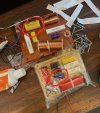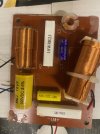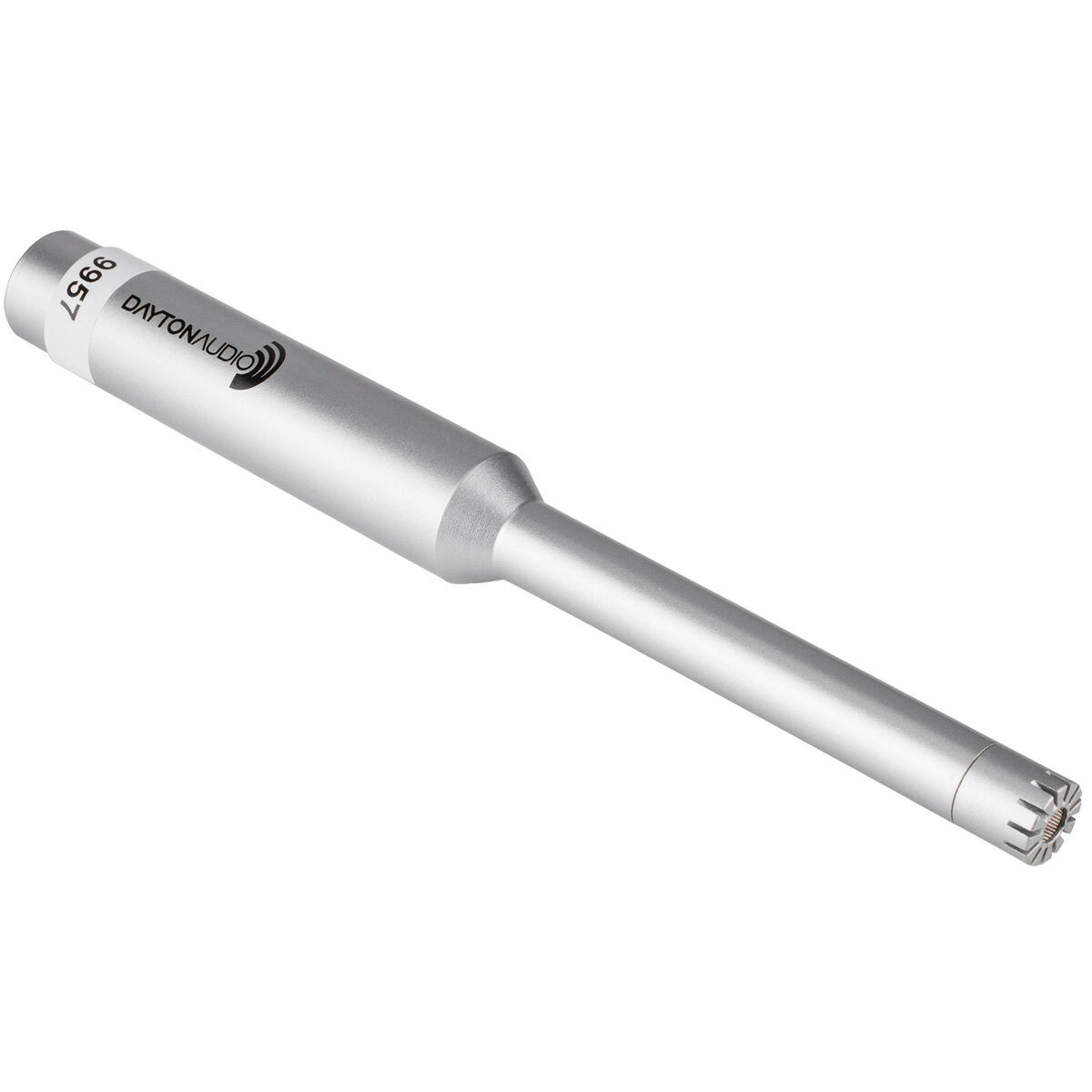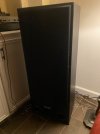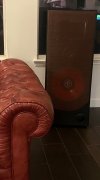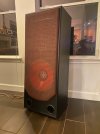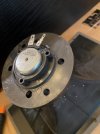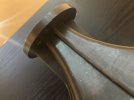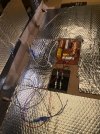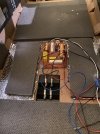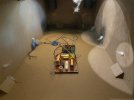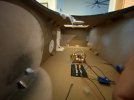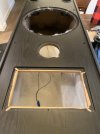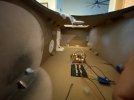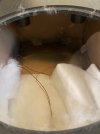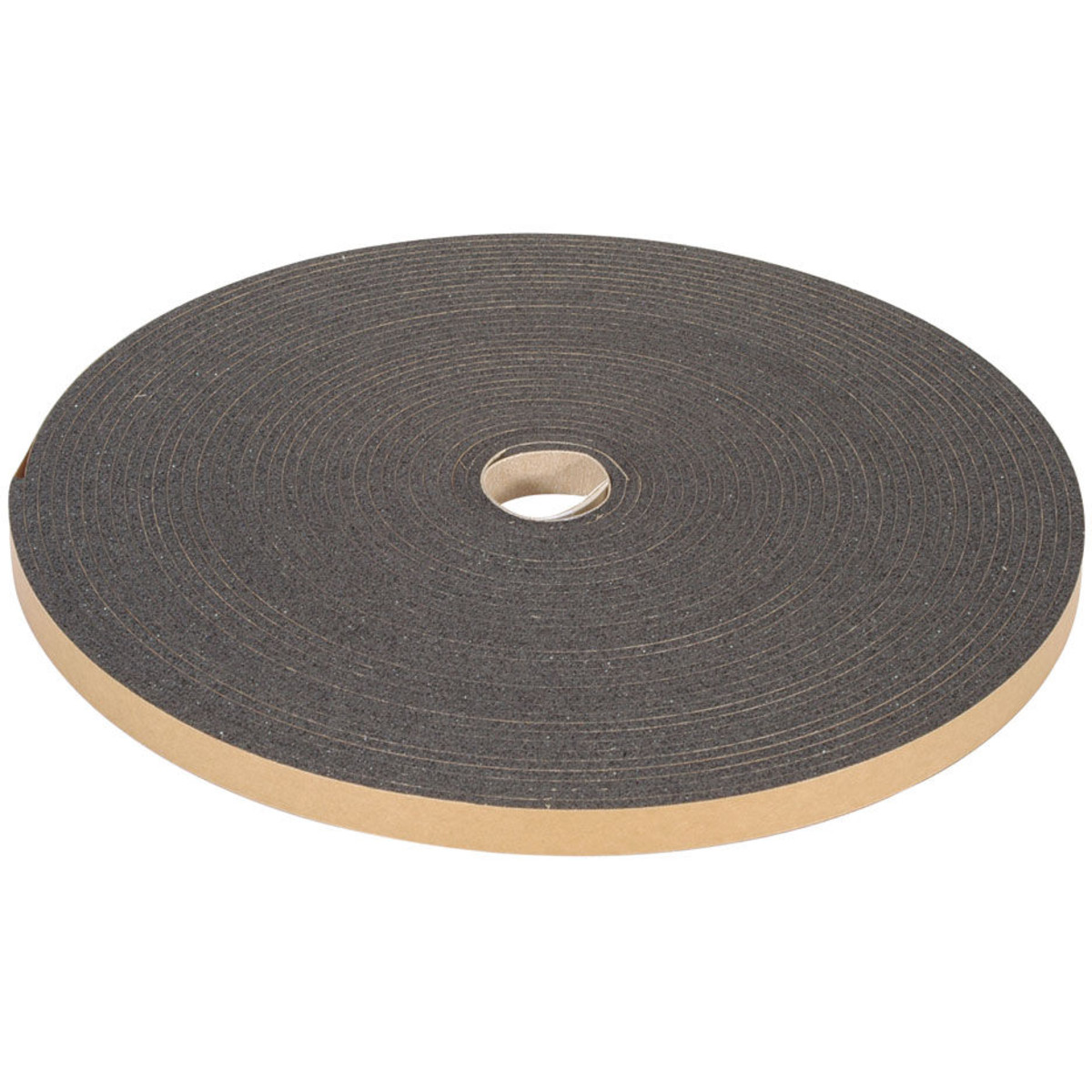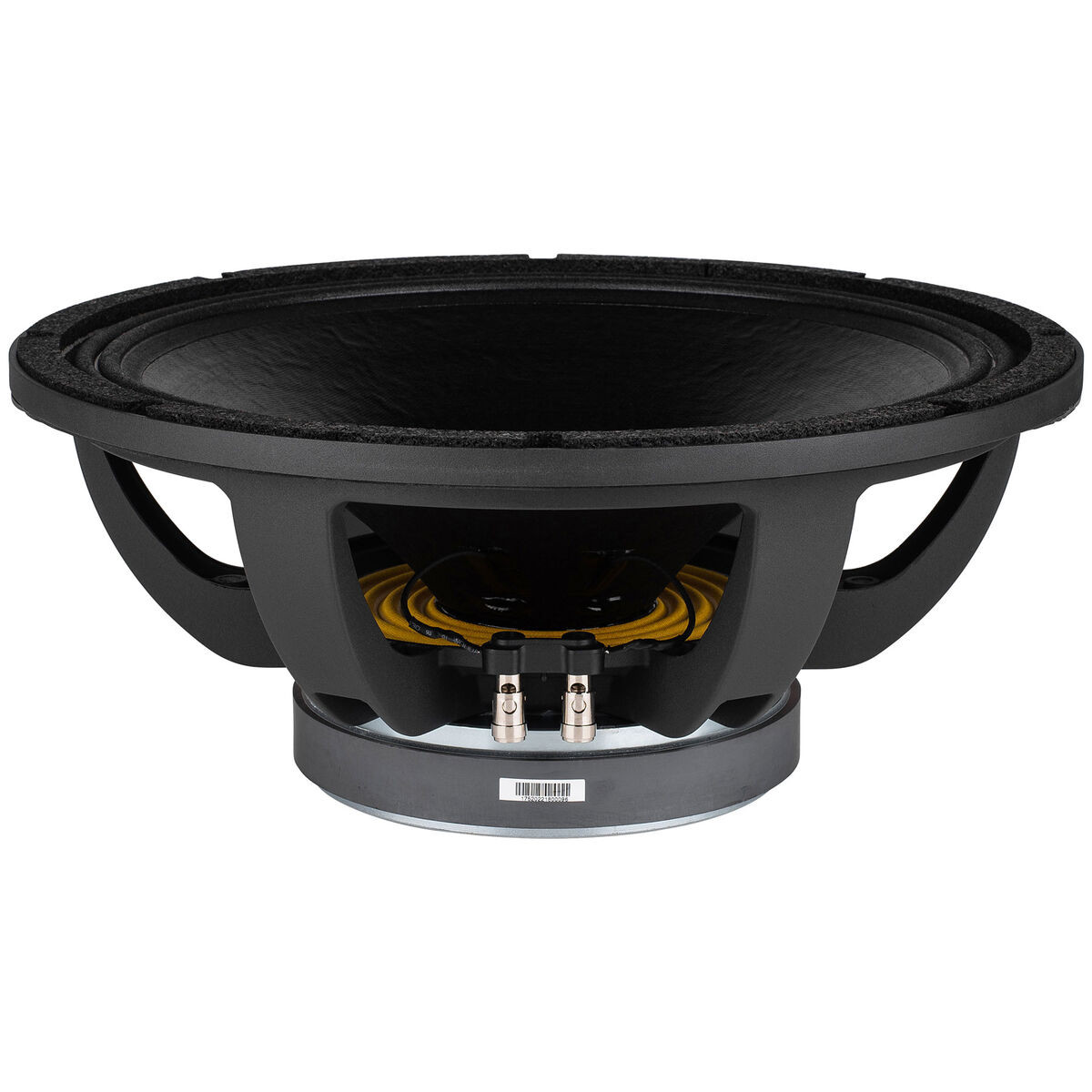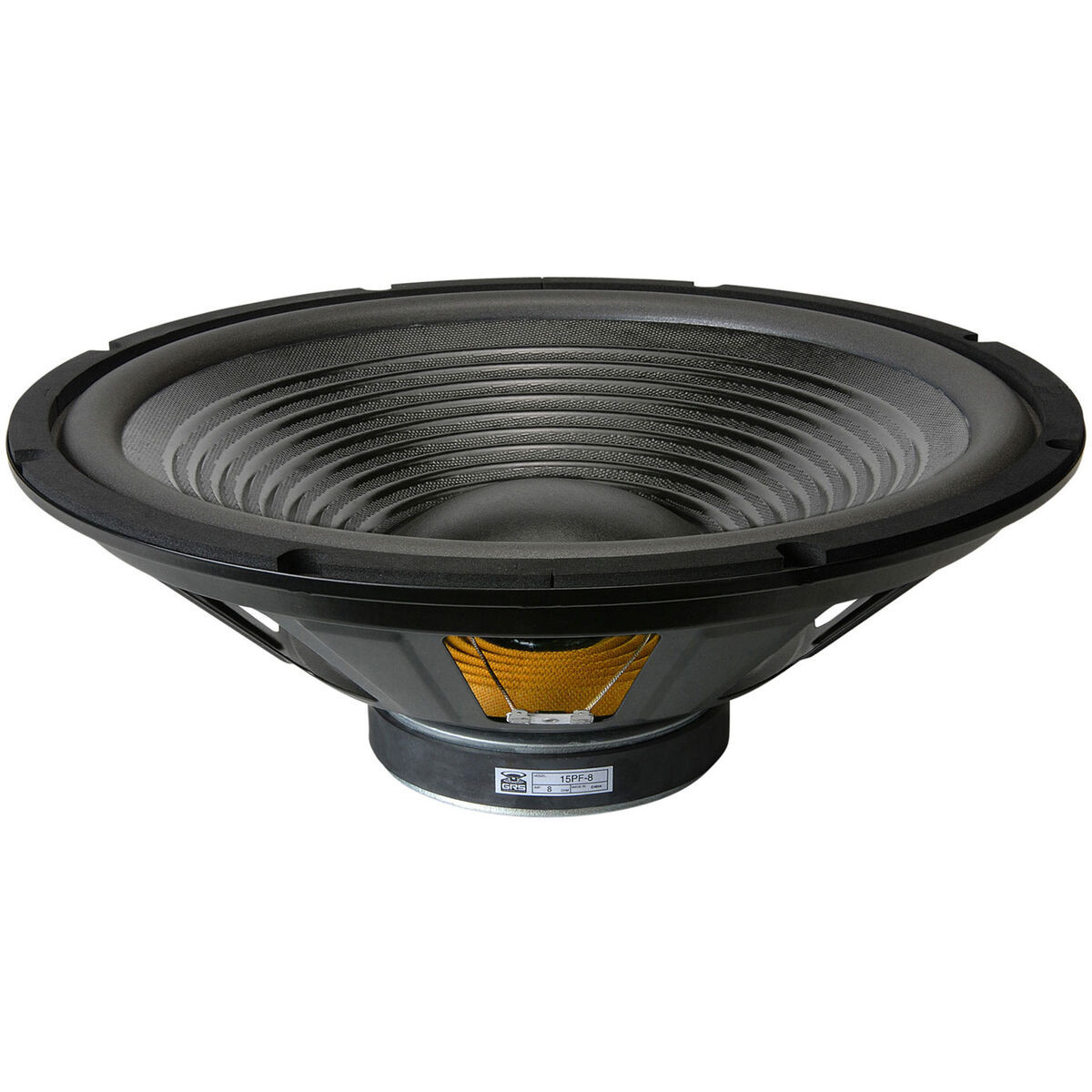After many years, I finally took some fairly detailed measurements of the BIC EV-15, following
@Dennis Murphy's measurements that showed them to be a bit of a trainwreck.
Here’s my makeshift outdoor measurement rig:
https://www.dropbox.com/s/oo5r2fcbhmfvyws/BIC-Measurement-Rig.jpeg?dl=0
I have achieved measurements very comparable to others on other well-known speakers (JBL 3-series, Pioneer BS-22, etc) although I have reason to believe that my mic (a calibrated UMIK-1) may measure slightly too hot in the upper treble region. The mic alignment is a bit off-kilter in the photo; for the actual measurements I used a protractor and level to keep things reasonably correct.
The first set of measurements were taken on the vertical tweeter axis. We’re commendably flat up to 2khz, at which point things fall off of a cliff.
At this point I was considering BIC’s claims of “24Hz-20kHz +/- 3dB” to be downright fraudulent.
View attachment 68983
The next set of measurements was taken on the midrange axis. Here things look more sane. It is clear to me that BIC’s claims must be based on measurements taken on the midrange axis.
View attachment 68984
I decided to take another set of measurements approximately 1-1.5ft. above the tweeter axis. Here we can see the woofer and the midrange continuing their epic battle, this time lower in the frequency range.
View attachment 68985
Objectively, These Speakers Suck. Why Would Anybody Enjoy Them?
Well, lots of people have poor taste and/or hearing damage

I’ve given these speakers lots of praise in the past. Other people love them too, but it is abundantly clear that objectively, there are issues.
They are pretty reasonable on the midrange axis. In my garage, I typically have them placed on 1’ platforms. I did this to reduce floor bounce from the woofers, but a side effect is that I was listening closer to the midrange axis than the tweeter axis. It seems this contributed to my positive feelings.
Motherflipping dynamics. Thanks to massive size and power handling, they can really shine on music with high dynamic range. There are no other speakers in this price range that come remotely close.
Deep stereo bass. Two woofers reproducing deep bass. This eliminates a whole range of typical issues with subwoofers. No crossover issues in the crucial 80hz region. And dual woofers will go a long way toward avoiding the room modes that tend to occur with a single subwoofer.
They actually are objectively very good, at the the most important frequencies. It’s true that they have a lot of issues at 2khz and above. However, most fundamental frequencies in music are lower than that, and the BICs actually perform quite well in that range.
View attachment 68706
At the end of the day, these are certainly not "audiophile", but I think many would enjoy these as a second or third system in the basement or garage. If you're willing to sacrifice some efficiency -- which wouldn't be a major problem, especially if you have lots of amplifier power on tap -- you could potentially EQ these into something pretty appealing.
Addendum / Updates
I have updated the graphs thanks to helpful feedback from
@napilopez. Measurements are gated to 12ms, vertical scale has been changed to 50dB, and smoothing has been changed from 1/6 to 1/12 octave. Additionally, here is the .mdat file from REW if anybody is interested:
https://www.dropbox.com/s/mmi9e6hghcwy3t5/BIC Measurements Grill Off.mdat?dl=0

